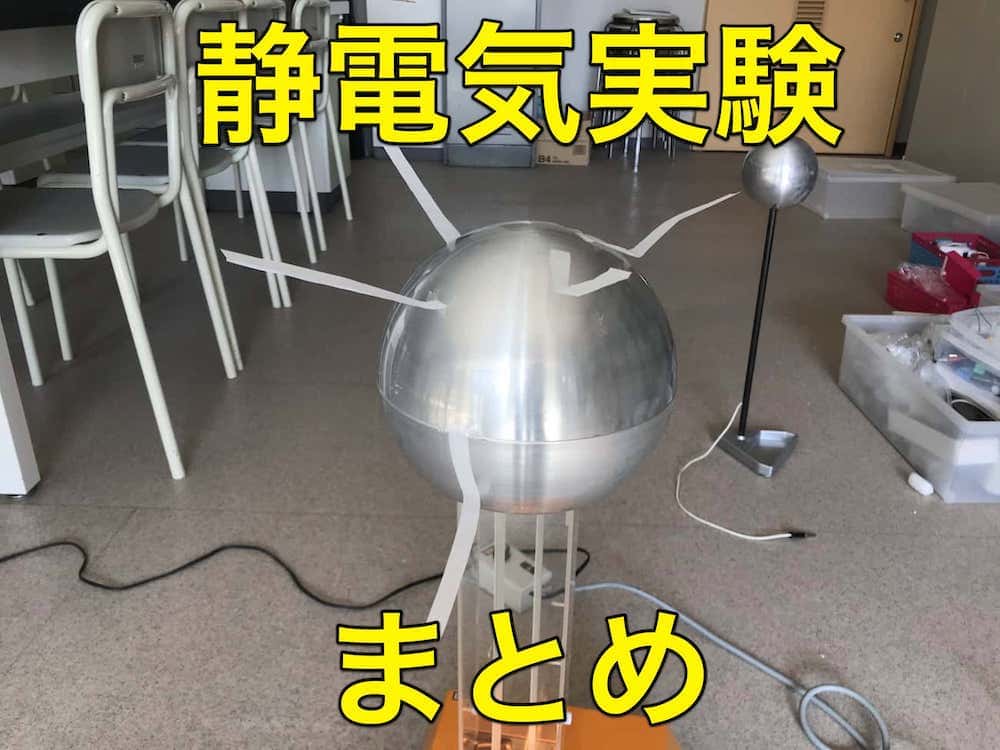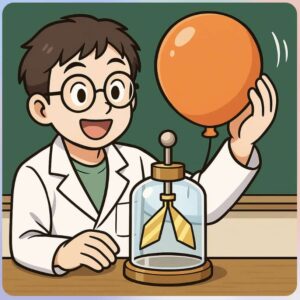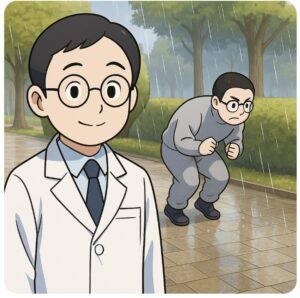Amazing Experiment! How to Make Shocking Static Water, Electro-Tea & Electric Drinks (Static Electricity Fun)
I’m Ken Kuwako, your Science Trainer! Every day is an experiment.
Ever seen celebrities on TV react with surprise to that mysterious, tingling drink, commonly known as the “static electricity drink”?
“What does it taste like?” “What does it mean for electricity to flow through your body?”
This endlessly intriguing experiment actually traces its roots back to a groundbreaking invention over 250 years ago! And the best part? You don’t need any special equipment to replicate this phenomenon at home (with extreme caution, of course!)—you just need to understand the principle.
Today, we’ll uncover the secrets of the “static electricity drink” that even famous actresses have found shocking, and guide you through the world of the “Leyden Jar,” an invention that made its mark in scientific history.
Actress Suzu Hirose Was Shocked! The Impact of the Static Electricity Drink
Once, during a TV program for which I provided scientific supervision, actress Suzu Hirose experienced this static electricity drink.

After taking a sip, Hirose described the jolt as feeling like her “lips were punched from the inside!” It was a moment when a simple drink instantly transformed into an astonishing experience. The fun of this experiment isn’t about taste, but about directly feeling the sensation of electricity flowing through your body. (Click here for more details about that moment)
However, this intense experience requires significant caution. Since even a slight miscalculation of the electrical charge can be dangerous, please do NOT attempt to imitate this experiment casually after reading this article. If you do wish to try it, it MUST be done under the supervision of a science professional. It is strictly forbidden for individuals with pacemakers or weak hearts.
The Scientific Thermos! The Secret of the “Leyden Jar”
Before we dive into the experiment, let’s talk a little about the main player in this phenomenon: the “mechanism for storing electricity.”
The aluminum foil-wrapped cup used in this experiment actually has almost the same structure as the “Leyden Jar,” the world’s first device successful at storing electricity. The Leyden Jar was a revolutionary capacitor invented in the 18th century at Leiden University in the Netherlands, and it significantly contributed to the development of later electrical research.
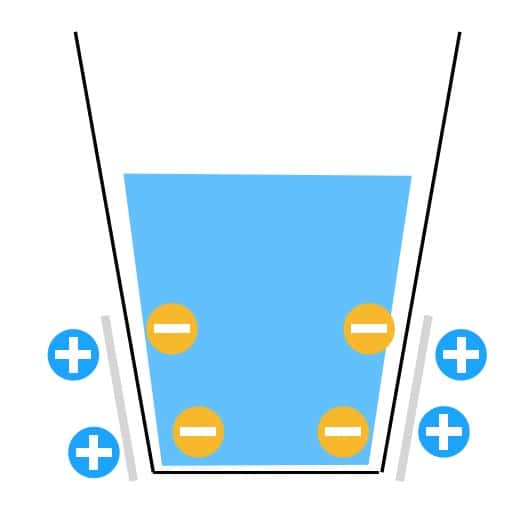
Here’s how it works: negative charges (electrons) are introduced into the water (or aluminum foil) inside the cup using a Van de Graaff generator or similar device.
Then, repelled by the negative charges accumulated inside, the negative charges on the outside of the cup (in the hand holding it) escape through the body to the ground. As a result, positive charges are left behind on the outside. Since the plastic cup is an “insulator” that doesn’t conduct electricity, the negative charges inside and the positive charges outside remain attracted to each other, facing off across the cup.
This “state where positive and negative charges face each other across an insulator” is the fundamental principle of a device that stores electricity—a “capacitor.” You are now preparing to relive the same excitement felt by scientists 250 years ago!
Recreate it at Home! How to Make a Static Electricity Drink
Now, let’s look at how to make the modern-day Leyden Jar: the “static electricity drink.”
What you need:
Plastic cup
Aluminum foil
Water (tea or juice also works!)
Static electricity source: Van de Graaff generator, or (for home use) a balloon and a towel, or a plastic sheet and a dry cloth
Method:
First, wrap aluminum foil around the outside of the cup. The basic method is to wrap it in a strip about 1 cm high from the bottom, but the width of this foil is actually a crucial key to determining the amount of electricity stored.
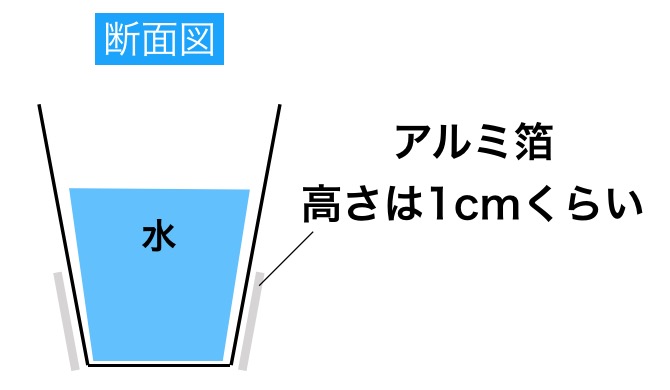
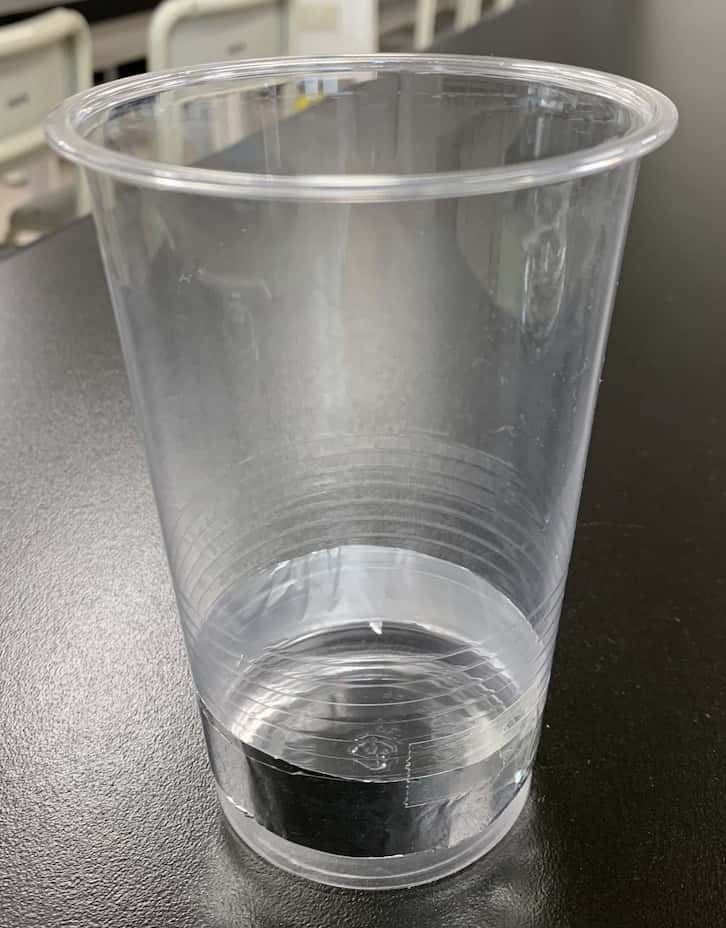
Place another strip of aluminum foil inside the cup and pour water into it.
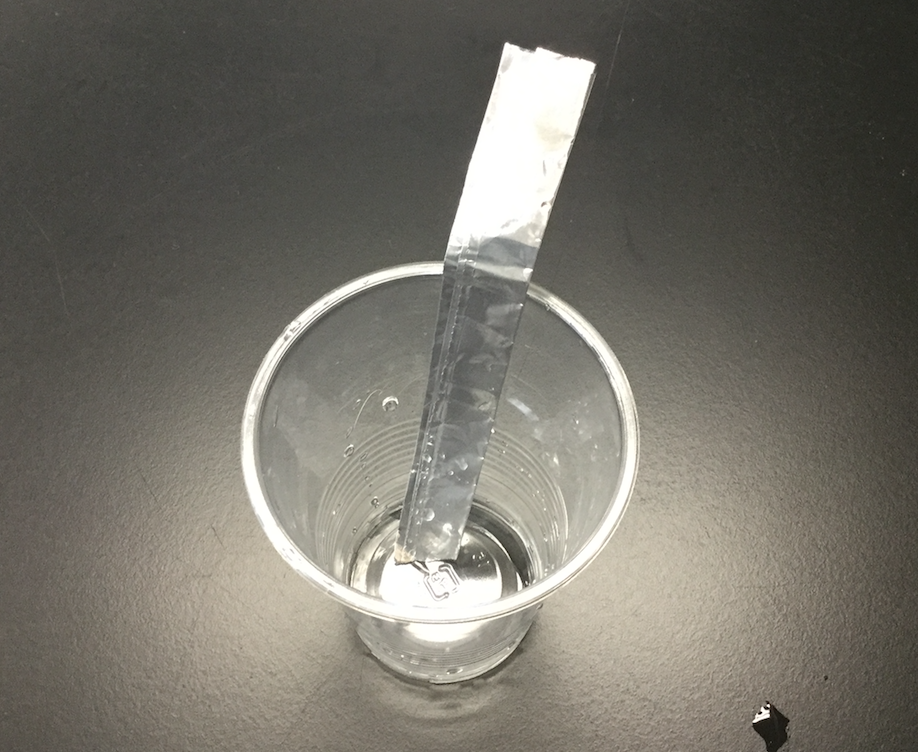
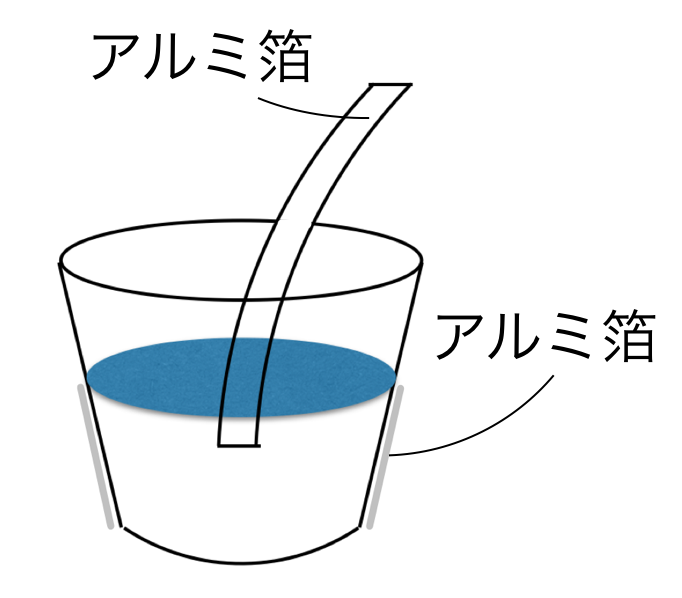
3. Now, to charge it with electricity. If using a Van de Graaff generator, touch it to the inner aluminum foil to transfer the charge.
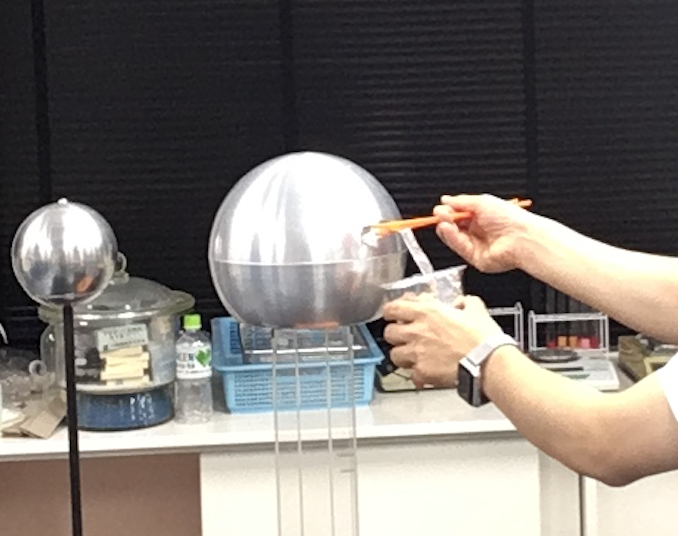
If you don’t have a Van de Graaff generator, repeatedly rub a balloon charged with static electricity by rubbing it with a towel against the inner aluminum foil. Especially during dry winters (December to February), static electricity is easily generated, increasing the success rate.

Preparation complete!
Time to Drink! Why Your Lips Tingle
Hold the cup firmly, making sure to touch the outer aluminum foil, and as you go to drink… “Zap!” A jolt runs through your lips.
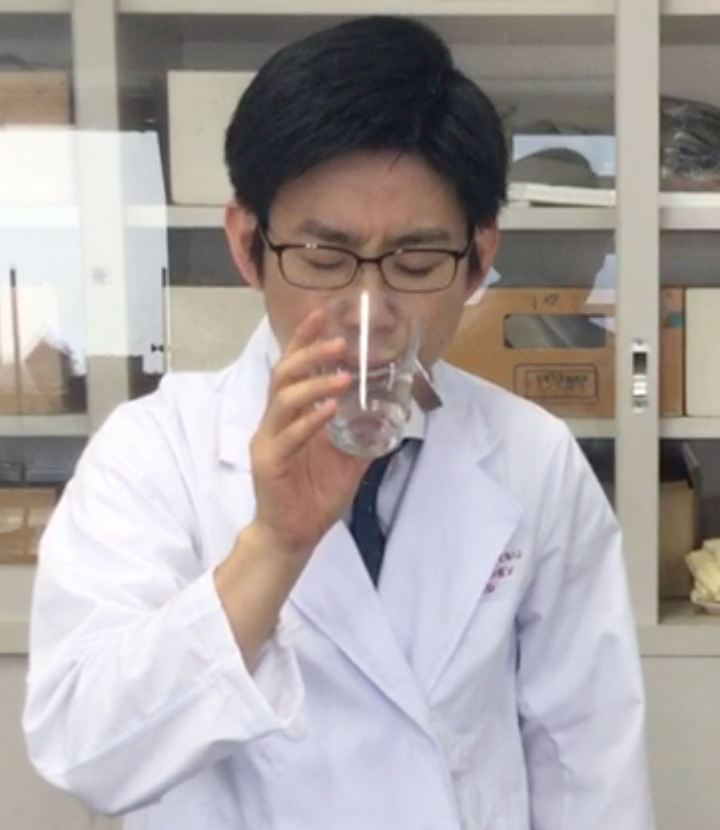
Oof!
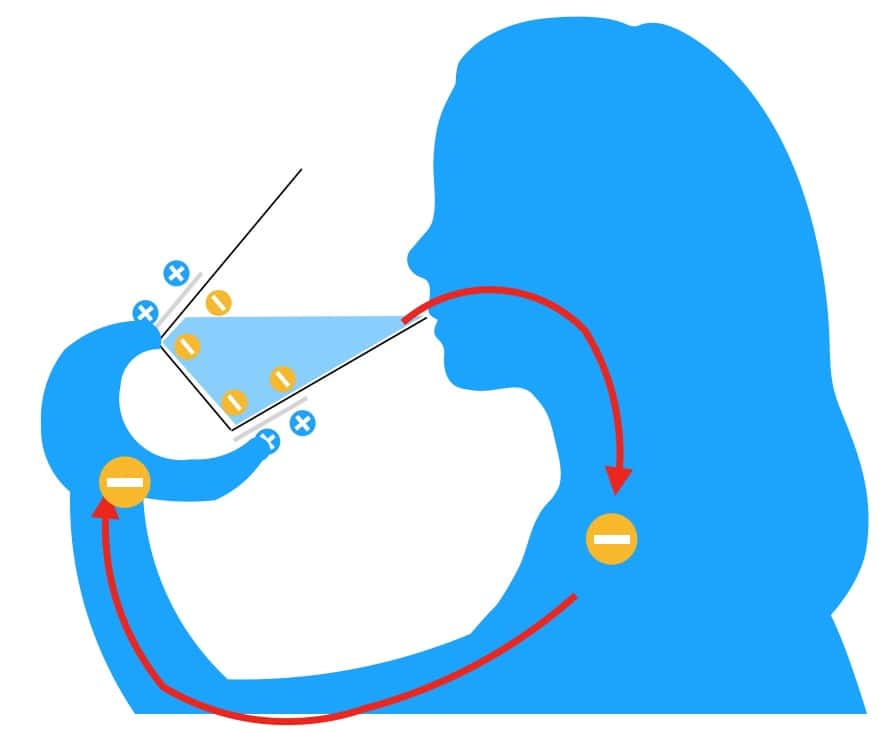
This happens because the negative charges stored inside the cup suddenly flow through your lips and the water, then through your body, to your hand holding the cup (the outer positive side). This rapid flow of electricity (discharge) stimulates your nerves and contracts your lip muscles, resulting in that “jolt!” sensation. In that moment, your body literally becomes a conduit for electricity.
From the Pros – Behind the Scenes of TV Shoots
When performing this experiment for TV programs, the width of the aluminum foil is adjusted by millimeters depending on the day’s temperature and humidity. For instance, in a dry winter, a 1 cm wide strip might be sufficient, but during the humid rainy season, it might need to be widened to about 4 cm to store enough electricity for the talent to react.
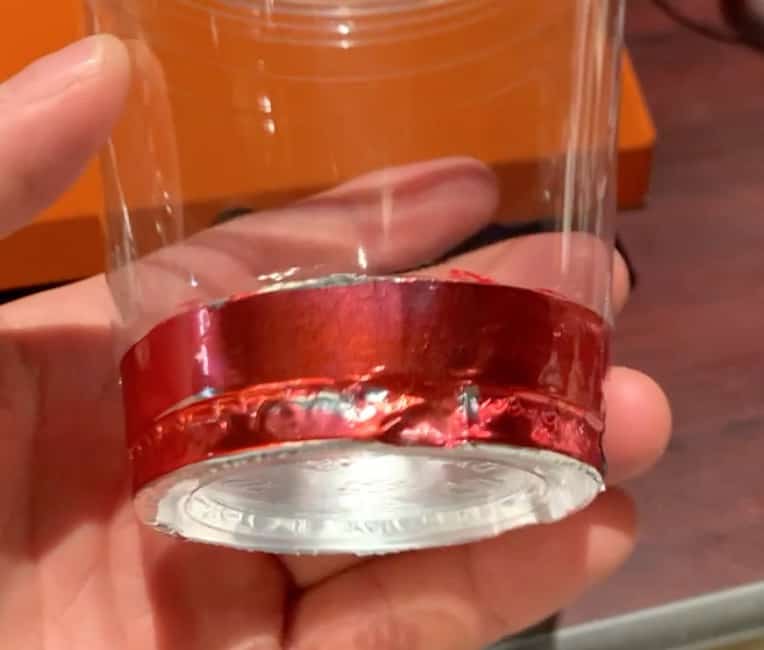
This is a 1.5 cm width for winter. It’s powerful even at this size when dry.
When actor Ryohei Suzuki tried it on the program “Sakurai Ariyoshi THE Yakai,” we prepared a much longer strip of aluminum foil than usual because he claimed to be “strong against static electricity.”
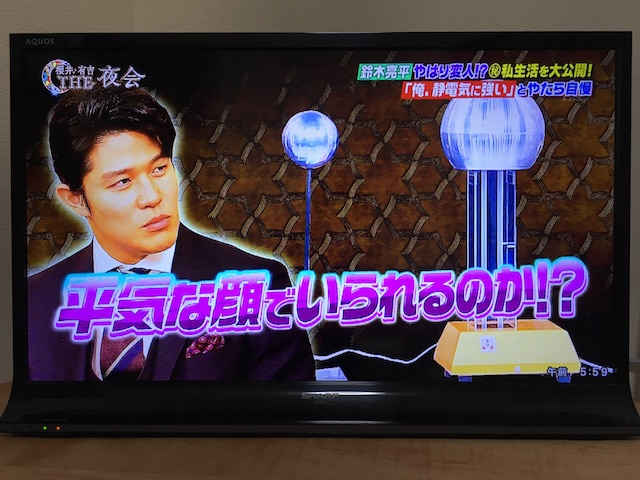
As you can see, even a seemingly simple experiment requires meticulous adjustments based on scientific knowledge to achieve the best performance. That’s why professional supervision is essential. I cannot stress this enough: absolutely do NOT use large-scale devices or try this on people who are sensitive to static electricity or have heart conditions. Let’s enjoy science safely, always.
※ Experiments using static electricity generators must always be conducted under the supervision of a specialist. Please proceed with caution.For requests regarding static electricity experiments (e.g., experiment classes, TV supervision/appearances, etc.), please contact us here.
【Special Feature】You won’t be able to stop! Static Electricity Experiments
Inquiries and Requests
Bring the wonders and fun of science closer to you! We’ve compiled enjoyable science experiments you can do at home and easy-to-understand tips. Feel free to search around!
・”Science Neta-cho” is now a book. Click here for details.
・About the operator, Ken Kuwako: Click here
・For various requests (writing, lectures, experiment classes, TV supervision/appearances, etc.): Click here
・Article updates are delivered on X!
![]() Science Neta Channel is streaming experiment videos!
Science Neta Channel is streaming experiment videos!

